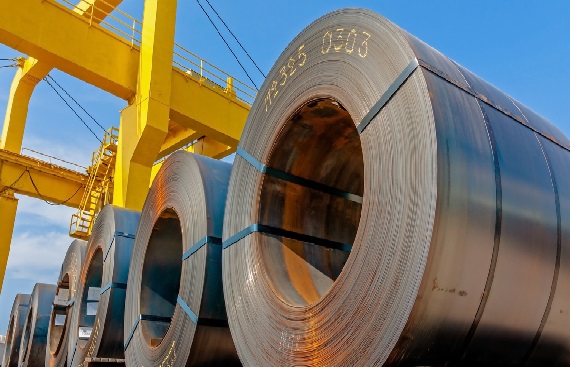-
India has launched an anti-dumping probe into Chinese, Indonesian, and Vietnamese stainless steel imports, following complaints of below-cost pricing hurting local producers.
-
The DGTR will assess whether dumping occurred, the extent of injury to Indian steelmakers, and may recommend duties though final action lies with the finance ministry.
-
While the move could shield domestic manufacturers, it may raise costs for downstream industries and spark trade tensions with affected countries.
India's trade regulator has officially initiated an anti-dumping probe into Chinese, Indonesian and Vietnamese imports of cold-rolled flat stainless steel products, a tough protectionist step to support local steel makers. The probe, initiated by Directorate General of Trade Remedies (DGTR) on a complaint by the Indian Stainless Steel Development Association (ISSDA), indicates the seriousness with which New Delhi is ready to respond to what it sees as unfair trade pressure.
The petitioners contend that stainless steel imports in the 300 and 400 'series' category have been exported to India at prices significantly lower than the exporters' 'normal value', belowpricings domestic producers and causing material injury to them. India's stainless steel imports have already exceeded 1.73 million tonnes in fiscal 2025, with China, Indonesia, Vietnam, and South Korea accounting for major proportions as per available data.
According to the mandate of the DGTR, the inquiry will be a multi-step, evidence-based process. To begin with, the authority will have to determine if dumping is occurring that is, if export prices from suspect countries are below their domestic or normal value. Next, it will have to estimate the extent or margin of dumping.
Then, the DGTR will analyze whether and to what extent such practices resulted in injury to Indian producers considering indications such as erosion of market share, profit reduction, utilization of capacity, and financial condition as a whole. Last but not least, it can also consider whether, but for duties, additional harm or threat of material injury to the domestic industry would be likely.
If the DGTR finds dumping to have taken place and that it has or is likely to cause or cause injury, it recommends anti-dumping duties on the goods in question. Those recommendations do not, however, necessarily mean levy: that rests with the finance ministry and associated revenue authorities. This investigation occurs in the midst of a sweeping wave of protectionist trade measures by India. The DGTR already has several cases pending involving sectors like glassware and nylon, and even Malaysian and Thai medical gloves.
Within the steel sector itself, India has recently imposed a temporary safeguard duty of 12?percent on some flat steel imports to stop a flood of cheap shipments from China and other countries. The implications of this probe are broad.
For local steelmakers, a positive result would bring relief from competition that many say has pinched margins and scaled back investments. But downstream sectors that use a lot of steel autos, construction, capital goods may experience cost burdens if duties sharply
increase import prices. Diplomatically, China, Indonesia, and Vietnam may complain or retaliate, possibly testing trade relationships.
With India being part of the World Trade Organization (WTO), the procedure has to meet rigid procedural protections in order to stand any challenge. With the DGTR investigation progressing over the next few months, everyone will be keeping a keen eye on how aggressively New Delhi walks the tightrope of wanting to protect its industrial backbone while keeping open trade links alive and avoiding retaliatory blowback.

